
Being satisfied with your body is essential and you should always seek the ways to boost your femininity in a way that you are comfortable.
For many women, this includes breast augmentation surgery. This is a plastic surgery (enlargement or reduction) that reshapes your breasts by making them more prominent and more attractive.
If you went through such a surgery, you would wonder if you can still breastfeed, now that you have a baby. This is one of the most common questions that new mothers have. In this page, Nursing moms breaks down the details.
Can you breastfeed after breast augmentation?
The good news is that the majority of women that have breast implants can still nurse their babies. However, there are certain aspects you need to pay attention to before you count your blessings.
![]()
A) Breast Implants and Milk Ducts
A breast augmentation surgery shouldn't affect the ducts or the milk production parts of your breasts.
- You shouldn't have to worry about any silicone leaking into the breastmilk, either.
- Nowadays, doctors use high-quality silicone material that keeps you away from such risks.
- To enjoy all these advantages of breast implant surgery and reduce the risks to a minimum, you should go to a doctor you trust.
![]()
B) Incisions in Under Breasts
In most breast augmentation surgeries, the incision will be made right under your breasts.
- The doctor will place the silicone implant behind your muscle; that way, it doesn't interfere with your breastmilk production.
- While this is the safest type of breast implant surgery, others increase your risk of having trouble breastfeeding.
![]()
C) Areola Incisions
Some surgeries use an incision in the areola, which will reduce sensation on the nipples.
- The areola incision could also affect the duct and the breastmilk flow. If you had an areola incision, you would notice the effects of this when you are actually breastfeeding, as they are hard to predict.
- Some of these surgeries may still allow you to breastfeed, but ultimately, you are taking a significant risk.
- To avoid this, talk to your doctor and establish beforehand that you will get an incision made under your breasts, and the implant will go behind your muscle.
![]()
D) Age Factor in Breast Augmentation
Another important aspect that you should keep in mind is the age you have a breast augmentation surgery at.
- The sooner you do it, the bigger the risks are.
- If your breasts are not fully developed at the time of your surgery, they might not develop right after the intervention.
- In this case, you could have problems breastfeeding due to restricted ducts or milk supply.
![]()
E) Latching after Breast Implants
If you had a breast augmentation surgery, you should make sure that your baby is latching correctly.
- This requires more attention if you lost sensation in your nipples.
- However, you will learn by trying different positions and being consistent in what seems to work best for you and your baby.
![]()
Each breast surgery is different, and there is no set-in-stone way to identify how such an intervention could impact your breastfeeding.
Going through the complete research phase as well as talking about all the details with your doctor are essential steps.
Make sure you get the best type of silicone implants, and you check them regularly after the surgery.
![]()
Key References
- "The impact of cosmetic breast implants on breastfeeding: a systematic review and meta-analysis". Accessed April 26, 2020. Link.
- "Do silicone breast implants affect breastfeeding?". Accessed April 26, 2020. Link.

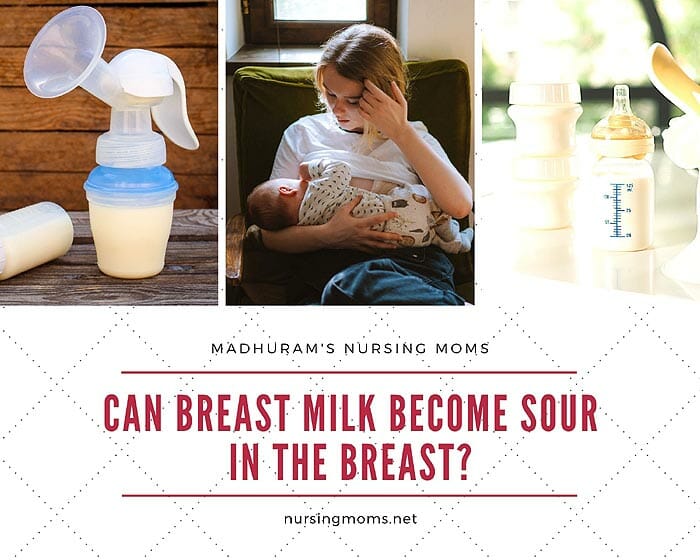
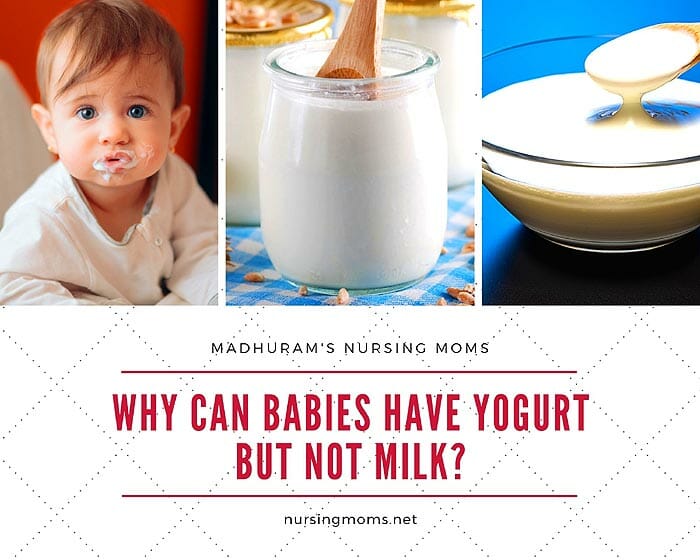
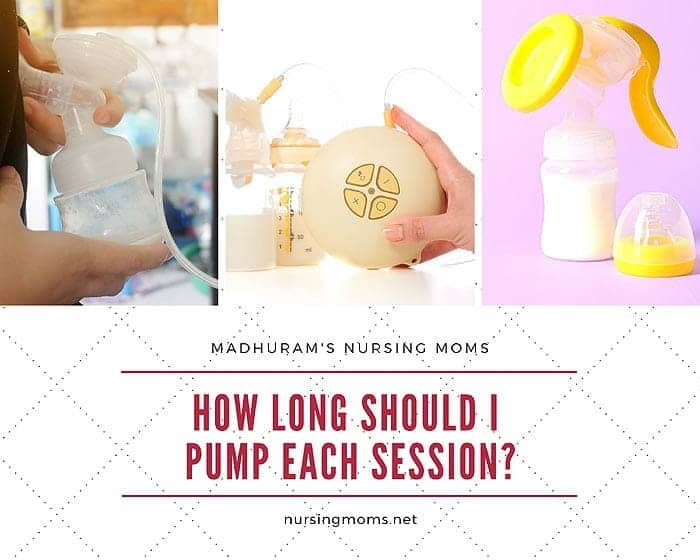
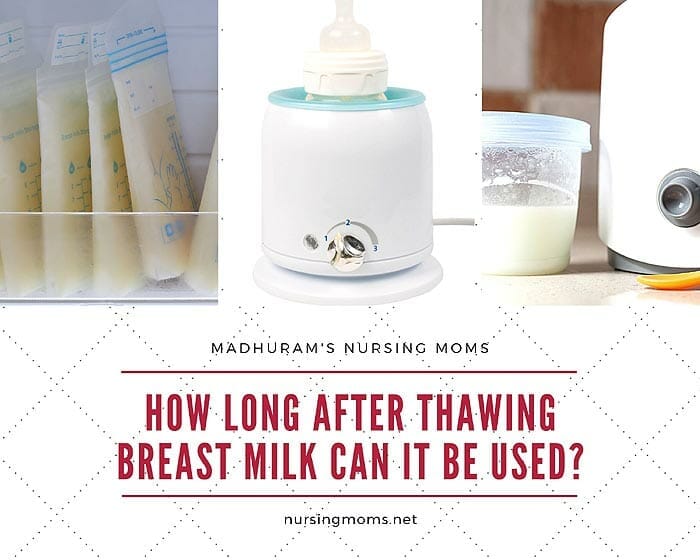
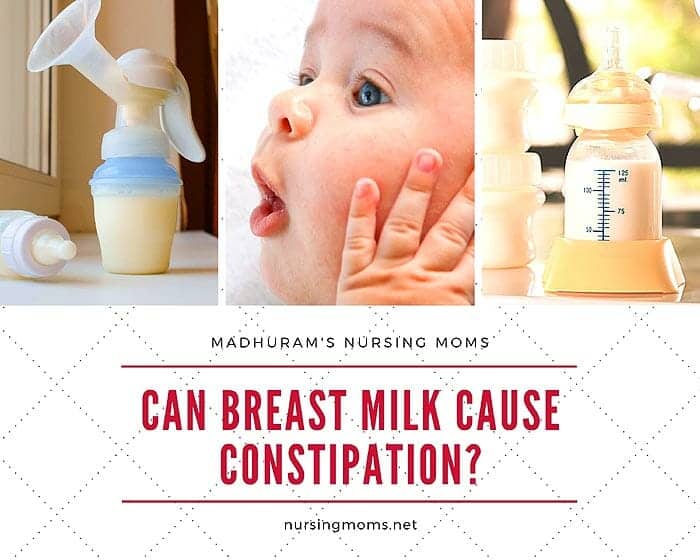

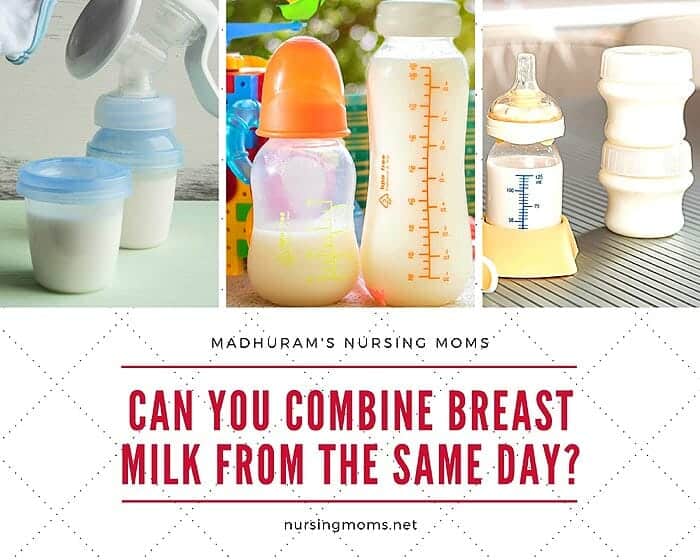
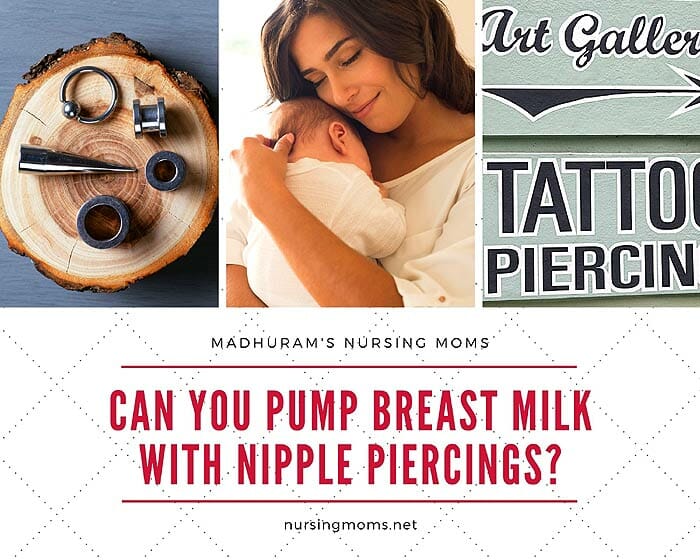
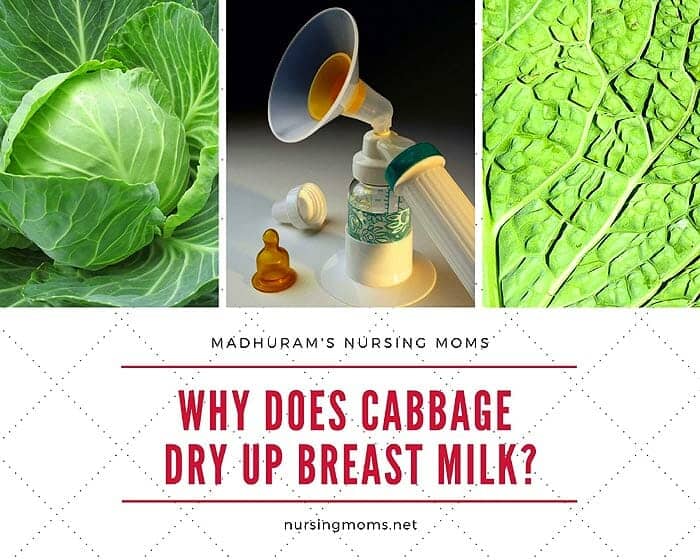
Yarish Plastic Surgery says
In general, breast augmentation should not affect your ability to breastfeed. However, as with any surgery, there is the risk of complications that could alter your ability to produce and deliver milk. Some of these complications include:
Nerve damage as a result of incisions made around the areola. To prevent this from happening, your doctor can make incisions in the belly button, armpit, or under the breast instead.
Improper placement of the implants. For breastfeeding, it’s better to have implants placed under the chest muscle, as implants placed under the breast tissue can sometimes affect milk production.
Mastitis, which is a type of breast infection that can lead to the development of scar tissue. Scar tissue can block milk ducts and prevent the production of milk.